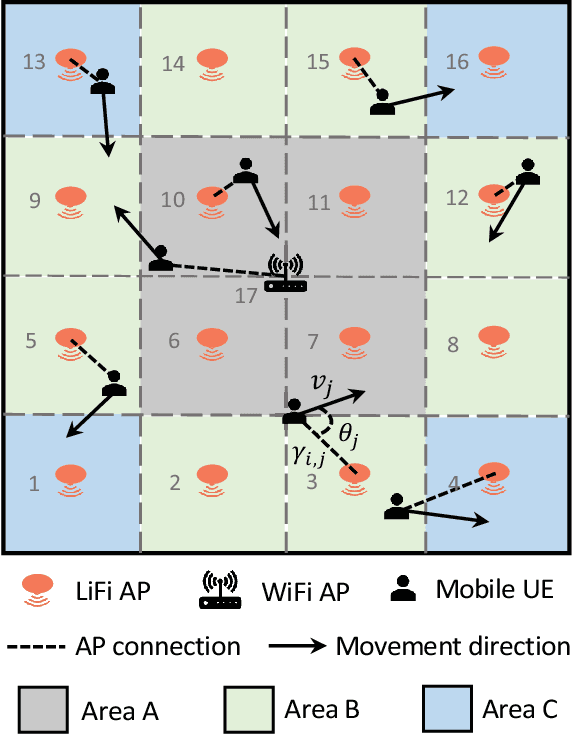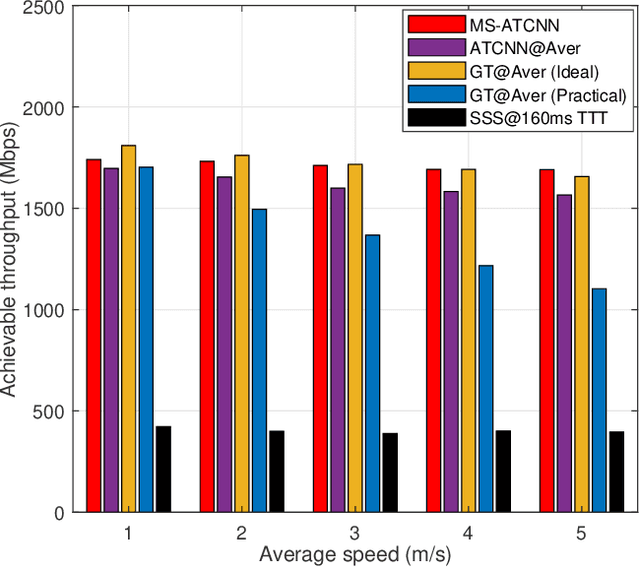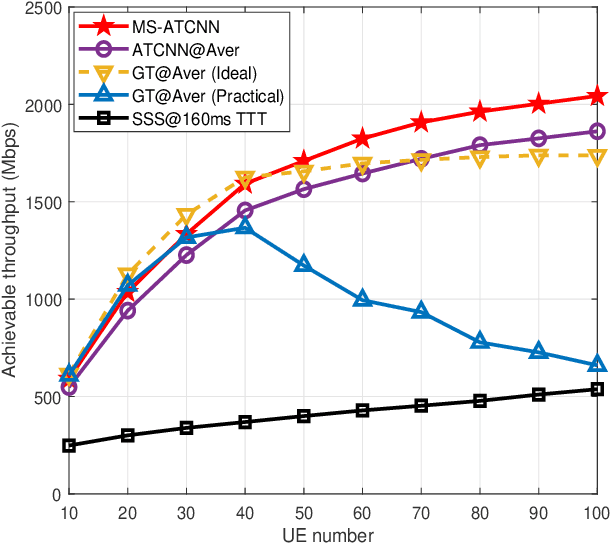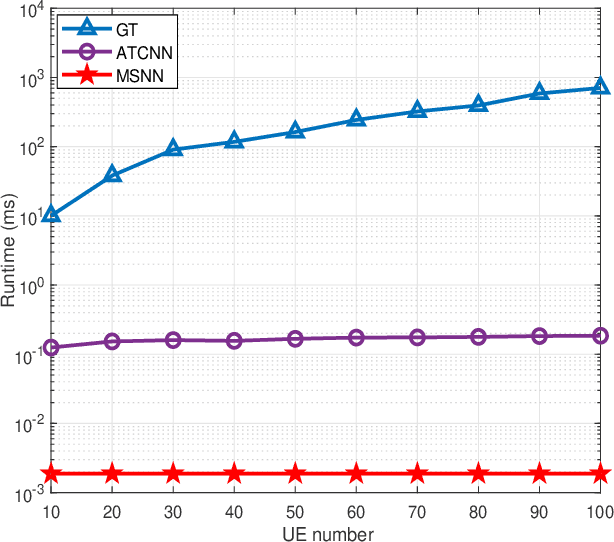Resource and Mobility Management in Hybrid LiFi and WiFi Networks: A User-Centric Learning Approach
Paper and Code
Mar 25, 2024



Hybrid light fidelity (LiFi) and wireless fidelity (WiFi) networks (HLWNets) are an emerging indoor wireless communication paradigm, which combines the advantages of the capacious optical spectra of LiFi and ubiquitous coverage of WiFi. Meanwhile, load balancing (LB) becomes a key challenge in resource management for such hybrid networks. The existing LB methods are mostly network-centric, relying on a central unit to make a solution for the users all at once. Consequently, the solution needs to be updated for all users at the same pace, regardless of their moving status. This would affect the network performance in two aspects: i) when the update frequency is low, it would compromise the connectivity of fast-moving users; ii) when the update frequency is high, it would cause unnecessary handovers as well as hefty feedback costs for slow-moving users. Motivated by this, we investigate user-centric LB which allows users to update their solutions at different paces. The research is developed upon our previous work on adaptive target-condition neural network (ATCNN), which can conduct LB for individual users in quasi-static channels. In this paper, a deep neural network (DNN) model is designed to enable an adaptive update interval for each individual user. This new model is termed as mobility-supporting neural network (MSNN). Associating MSNN with ATCNN, a user-centric LB framework named mobility-supporting ATCNN (MS-ATCNN) is proposed to handle resource management and mobility management simultaneously. Results show that at the same level of average update interval, MS-ATCNN can achieve a network throughput up to 215\% higher than conventional LB methods such as game theory, especially for a larger number of users. In addition, MS-ATCNN costs an ultra low runtime at the level of 100s $\mu$s, which is two to three orders of magnitude lower than game theory.
 Add to Chrome
Add to Chrome Add to Firefox
Add to Firefox Add to Edge
Add to Edge